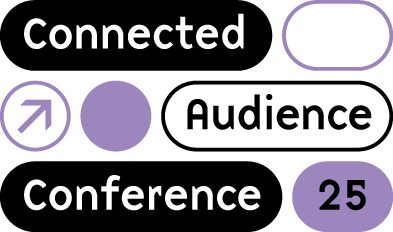
The Connected Audience: International Series of Conferences on Audiences Development & Research
The Connected Audience Conference Series helps to change who has access to learning over their lifetime by supporting the role of museums and cultural institutions in becoming more visitor-focused.
In May of 2025 the conference will address the challenges and opportunities for cultural organizations interacting with young people – adolescents and young adults from the age of 14 upwards. Active engagement with cultural activities, artistic and creative content are important components of healthy adolescent development, supporting young people’s personalities and opportunities for a self-determined lifestyle. At the same time including young people offers the organizations new opportunities in shaping innovative program and education formats as well as and new forms of co-creation, participation and inclusion. What do we know about how young people value these encounters and how to facilitate them well? What are the challenges and opportunities of working for and with young people? Answers to these questions require an understanding of young people’s cultural experiences, values and preferences to build on these insights and shape meaningful experiences and mutual learning opportunities together.
In the 21st century, successful museums and cultural institutions need to be open spaces, act as vital resources and platforms, and partner with multiple organizations and initiatives to support public learning, social development, and growth in a changing world. However, there is still a long way to go to ensure an audience-focused perspective within the culture sector and for this approach to be considered as a key strategic element of an institution’s culture. It is vital that museums and cultural institutions know their audiences (and non-audiences). Only then they will be able to come up with effective strategies to connect with diverse audiences while also addressing their individual needs and expectations.
For more information about the conference and the call for presentations please visit the conference website.
Project Team: John H. Falk Ph.D., Judith Koke
